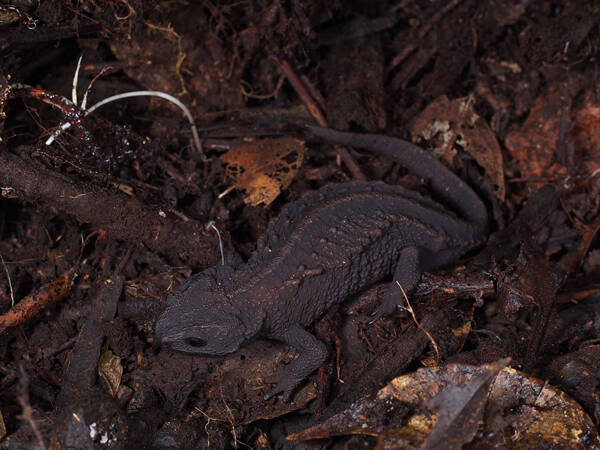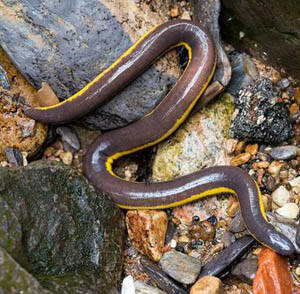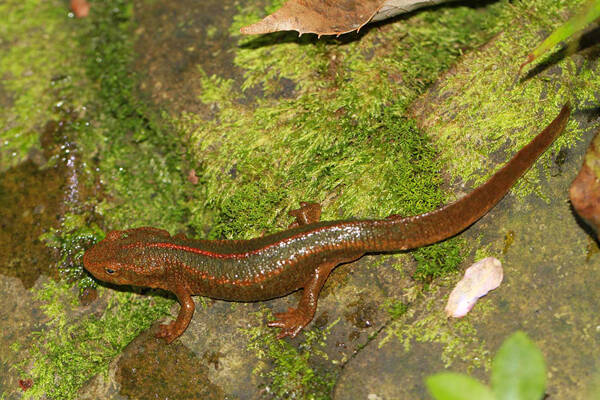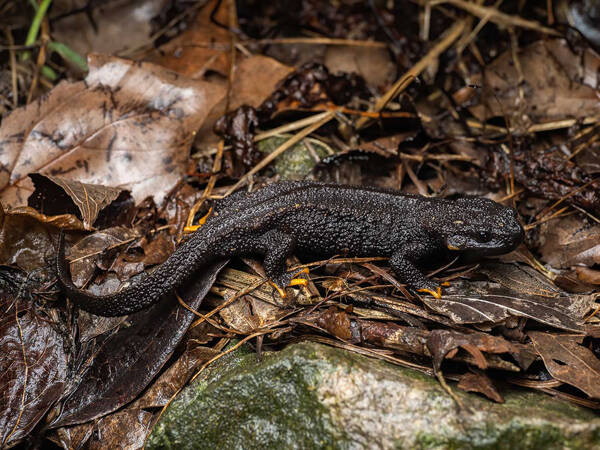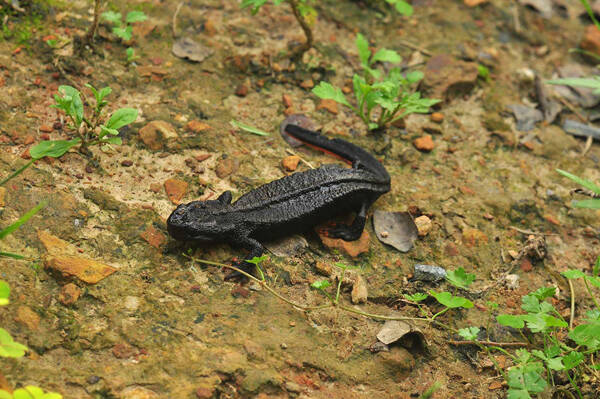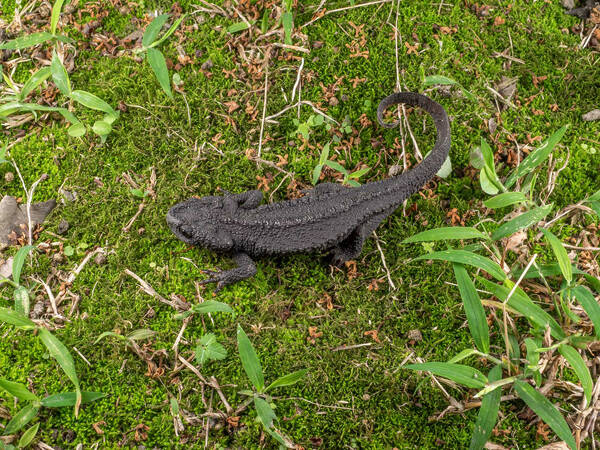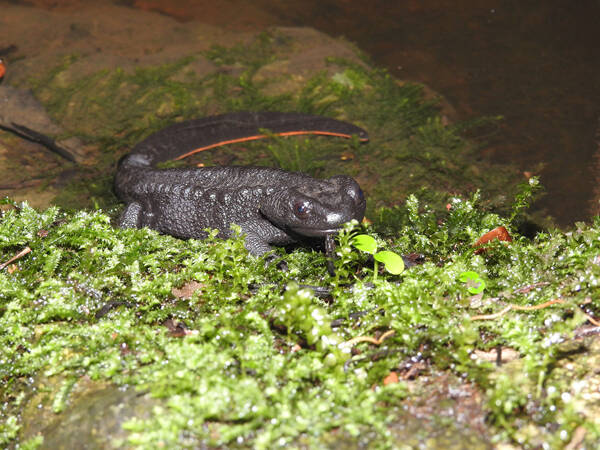Echinotriton andersoni
IUCN
LCBasic Information
Scientific classification
- name:Echinotriton andersoni
- Scientific Name:Echinotriton andersoni,Anderson’s Salamander
- Outline:Urodela
- Family:Caudata Salamandridae Acanthophodon
Vital signs
- length:130-190mm
- Weight:
- lifetime:
Feature
The head is large and flat, almost diamond-shaped, with a flat trunk and a tail shorter than the head and body.
Distribution and Habitat
Distributed in Taiwan, China and Amami Oshima, Tokunoshima, Okinawa, and Tokashiki in the Ryukyu Islands.
Lives in the shade and wet areas of forests in mountainous areas at 100-200m, mostly hiding in the leaf litter or under rocks.
Appearance
The trunk is flat. The tail side is flat and the end is blunt and pointed. The skin on the back of the body is rough and covered with large and small grains; the ridges on the head side are underdeveloped, and the V-shaped ridges on the occiput are obvious; the central ridge on the back is obvious; the back of the body and tail is dark brown, with only the corners of the mouth protruding, and the ridges and flatness on the back are orange. Yellow, the ventral surface of the palms, soles, fingers and toes, around the anal hole and the lower edge of the tail are all orange; the ventral surface of the body is slightly lighter in color than the back.
Details
Ryukyu Acanthus is an amphibian of the family Salamandridae and the genus Acanthus. It lives in mountain forests at an altitude of 100 to 200 meters, and is concentrated near cultivated areas. It usually lives under rocks in the shade and wet areas of mountain forests. In the non-breeding season, adult Ryukyu Acanthus prefers to live on land. During the day, it hides under fallen leaves, wood or rocks to rest. It goes out to hunt at night or on rainy days. It usually feeds on small invertebrates, insects and their larvae.
Its egg-laying period is from late January to late June every year, and the eggs are laid in fallen leaves or humus soil on the slopes of still water banks. The breeding season is from early February to the end of June, and the peak breeding season is from mid-March to early April. The eggs are laid on humus soil or rotten leaves near the pond. The eggs are single, and the eggs are piled up, often covered by fallen leaves. After hatching, the larvae enter the pond by bouncing or rain impact. It takes 55 to 100 days from hatching to metamorphosis. The growth period is shorter when the water temperature is high, and longer when the water temperature is low.
The wild Ryukyu spinytail has become extinct in Taiwan, China. In fact, there are very few small streams in Taiwan's low-altitude environment that are relatively primitive, which is the reason for the disappearance of the newt.
Listed in the second level of the "List of National Key Protected Wildlife in China".
